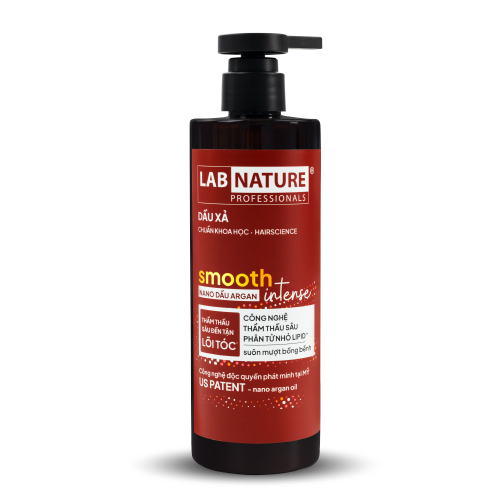Types of silicone are often used in cosmetics
- Dimethicone
- Cyclomethicone (cyclosiloxane: D4, D5, D6)
- Cyclohexasiloxane (D6)
- Cyclopentasiloxane (D5)
- Cetearyl methicone
- Polydimethylsiloxane (PDMS)
The origin of microplastics comes from many different sources, especially in cosmetic and personal beauty products including toothpaste, exfoliants, skin creams, etc. According to the European Chemicals Agency (ECHA), microplastics added to beauty products result in nearly 36,000 tons of microplastics being released into the environment each year in Europe. Although microplastics have been banned from formulations in some countries, some ingredients are still present in products today. Among them are artificial synthetic polymers such as silicone. Silicone is added to form a film-like coating that moisturizes the skin, adds shine to the hair, and softens and smoothes the skin. Silicone is found in everything from soaps, shampoos, deodorants, toothpaste, and lotions to cosmetics and perfumes. However, according to the European Chemicals Agency (ECHA), dimethicone (the most used Silicone in cosmetic products) is listed on the same list as microplastics. When humans come into contact with microplastic particles, they cause potential health risks. A study published in the journal Environmental Research shows that microplastics are everywhere in soil, water, and even in common fruits and vegetables. Apples are among the foods with the most microplastics, with an average of 195,500 plastic particles per gram, while broccoli and carrots average more than 100,000 particles per gram. According to the WHO in 2019, studies reporting the presence of microplastics in tap water and treated bottled water have raised questions and concerns about the impact that microplastics in drinking water may have. has on human health. In another study, scientists in the Netherlands analyzed blood samples from 22 volunteers, all healthy adults. Results showed that 17/22 blood samples contained microplastic particles. Not only did they detect microplastic particles in the blood, but in April 2022, for the first time, scientists discovered microplastic particles in the lungs. Using spectroscopy, scientists in the UK found microscopic plastic particles in the lung tissue of 11 out of 13 patients who had just undergone surgery.














